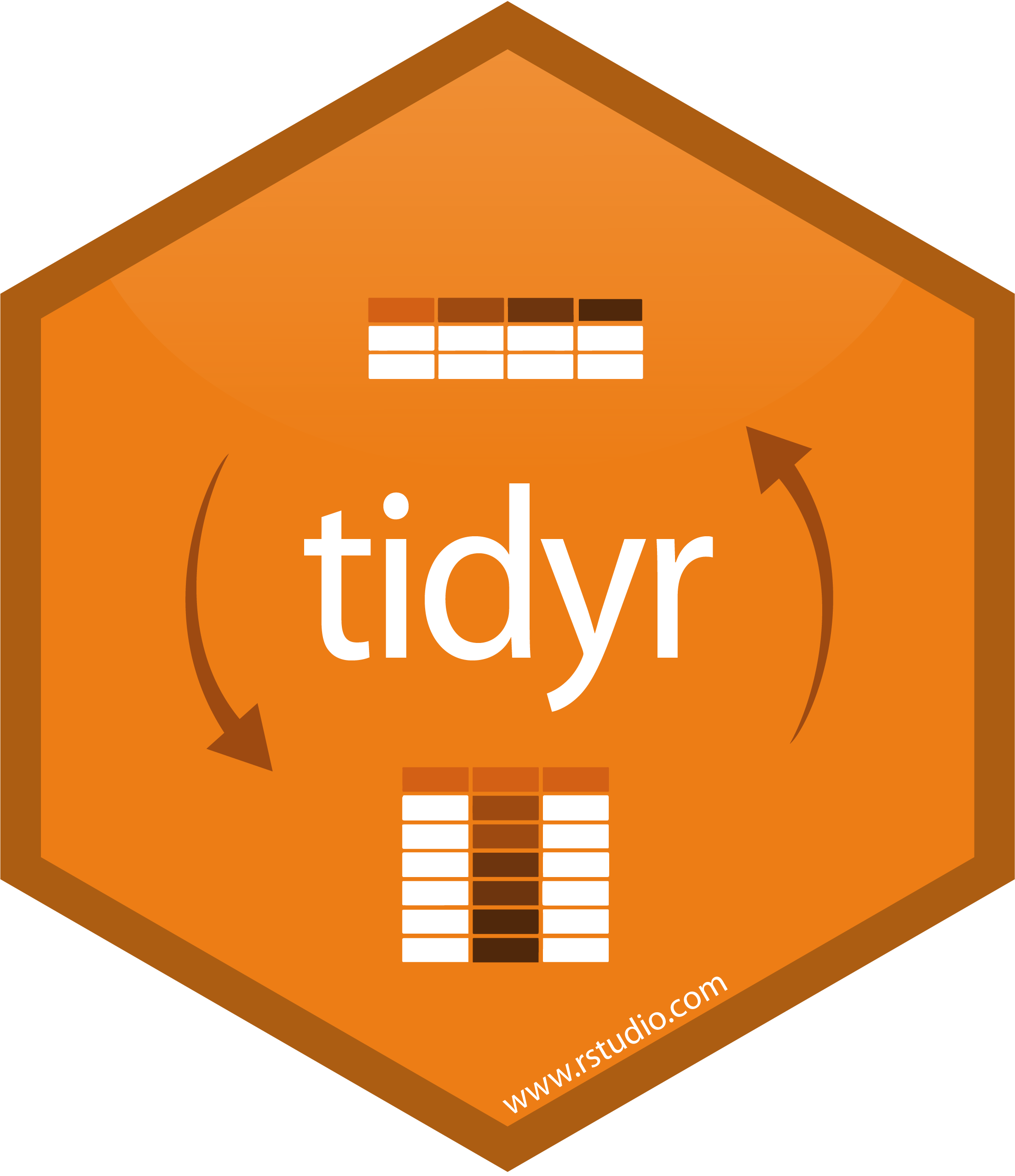My Thoughts on Quantopian’s Closing
I was very sad to learn that Quantopian is shutting down its community services. Quantopian’s efforts to bring quant finance outside of institutions was a genuine game-changer. The educational content was solid, the tech was excellent, and the QuantCon conferences were professional, well-run, and inclusive in a way that you never see at the “finance …









